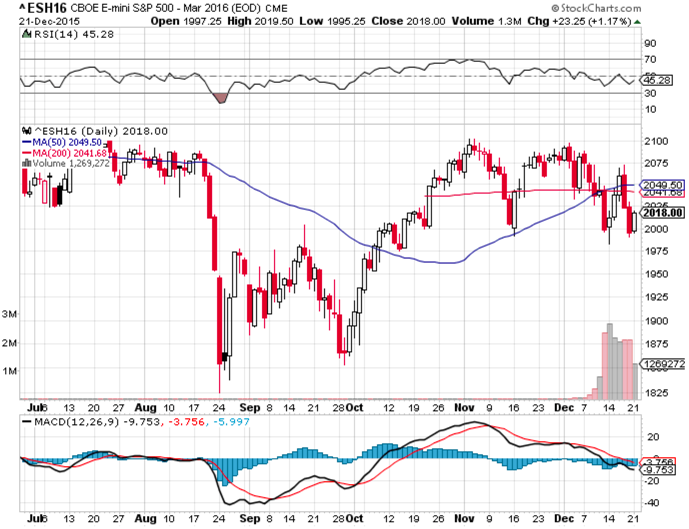Desperate risks to chase yield have been the hallmark of this year. Most investors, including those on fixed-incomes who normally tend to shun risk, had, to be blunt, become slaves to central bank policies denying decent returns without risk. That departure from the norm is increasingly coming home to roost now, as junk bond and similar activity show, with more problems looming. In the very short run, you get people shorting markets into weakness after the prospects become evident, almost announcing to the world that valuations at these levels are unsustainable. So of course the market will try for a ‘relief rally’, and that’s what’s afoot at the moment.

We discussed last week the prospects for getting some jockeying around and relief rallying, and that’s what started on Monday. It changes nothing longer-term. Hence the prior realization of a call for rally possibilities (absence of offers) into year-end. That wasn’t ‘Santa Claus’, but a conclusion to, and a brief reduction of, forced liquidation from last week’s reversal and purge, with an absence of offers possible in some stocks as people try to hold them for sale in a new tax-year settlement date. It’s iffy; it doesn’t mean we don’t dip anew anytime in the interim, but just gives a general outline of how it can go as the process evolves.

Tonight we’re going to take time to focus on an incredibly in-depth article by Seymour Hersh. The long-time reporter for the New York Times and the Washington Post has a fairly scathing tale about intelligence sharing, but at the core is perhaps the explanation for an unusual series of Washington changes in the military or intelligence hierarchy that have already been controversial. Seymour’s work is almost dated, with the necessity of joining with Russia (and even China) to fight ISIS having matured since he apparently submitted his final drafts to be published; otherwise it makes for interesting reading if one wants to delve into it.











Leave A Comment